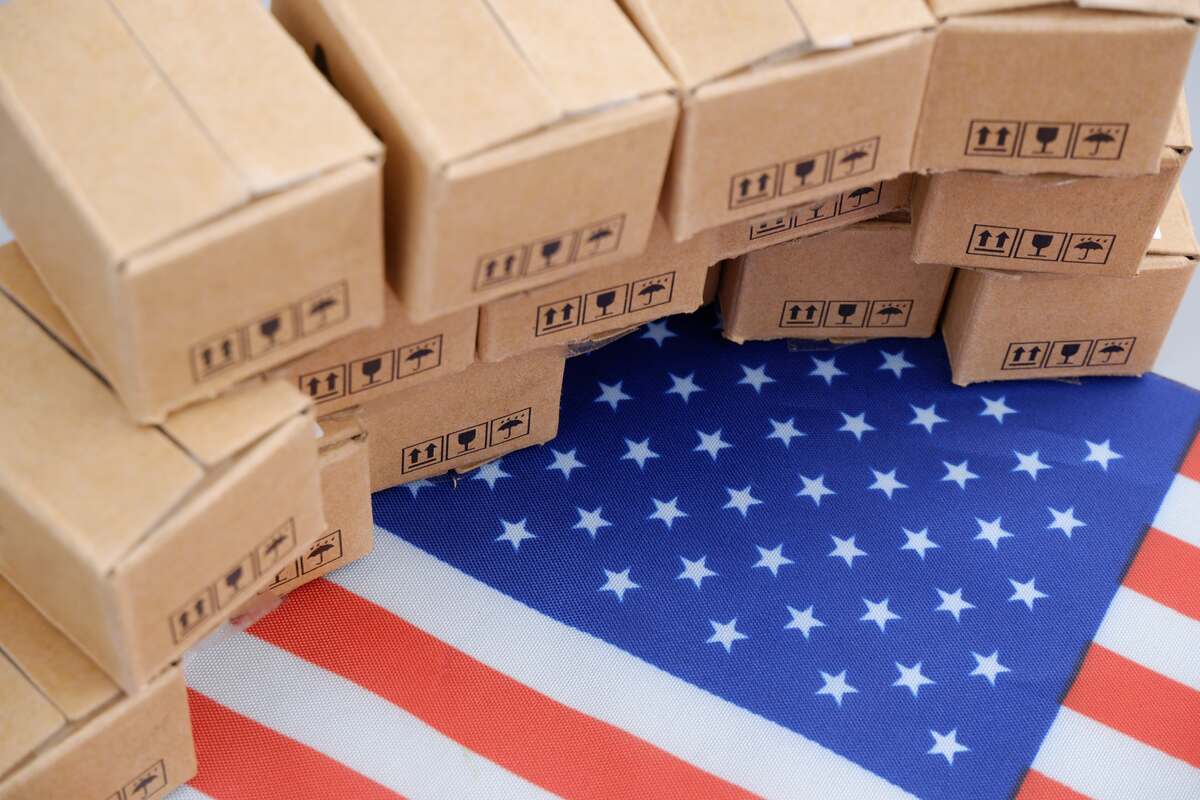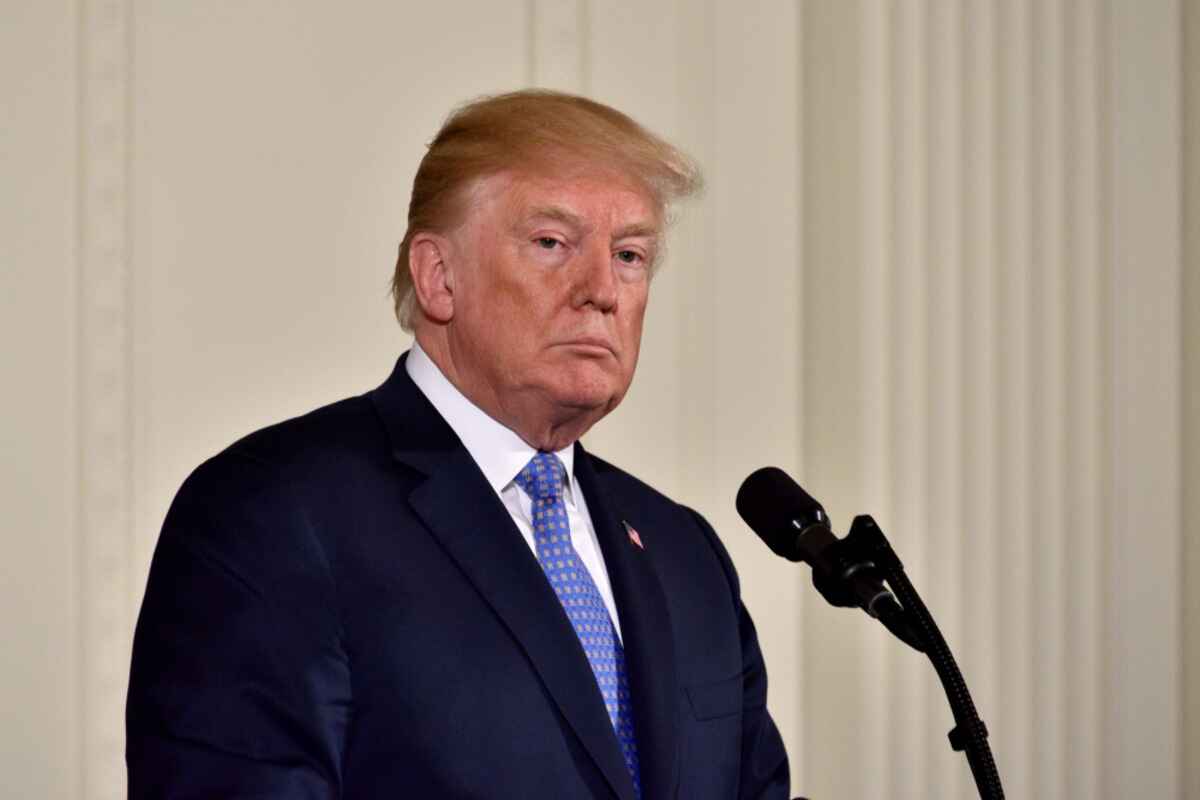The tariff rate on all imports to the U.S. has surged to 22 percent from a mere 2.5 percent in 2024, as a result of the new global tariffs implemented by President Donald Trump, according to the chief of U.S. economic research at Fitch Ratings.
“That rate was last seen around 1910,” stated Olu Sonola, Fitch’s head of U.S. economic research, following Trump’s announcement of a global baseline import tax set at 10 percent, with significantly higher rates for various trading partners.
“This is a game changer, not only for the US economy but for the global economy,” Sonola remarked. “Many countries will likely end up in a recession. You can throw most forecasts out the door, if this tariff rate stays on for an extended period of time.”
Read more | Trump tariffs list: Over 180 countries and territories hit with “Liberation Day”tariffs
President Donald Trump recently unveiled the U.S. “reciprocal tariff” rates that will affect over 180 countries and territories, including members of the European Union, as part of his extensive new trade policy.
Trump and the White House released a series of charts on social media illustrating the tariff rates they claim other nations impose on the U.S. These stated rates take into account factors such as “Currency Manipulation and Trade Barriers.”
The plan introduces significant tariff rates for various countries, with China facing a 34 percent tariff, the European Union 20 percent, Vietnam 46 percent, and Taiwan 32 percent.
Tariff implications explained
For his part, Vijay Valecha, chief investment officer, Century Financial, remarked to Economy Middle East, “The tariffs established during President Trump’s administration, expected to generate around $700 billion in revenue annually, have significant implications for both global and regional trade. On a global scale, these tariffs are primarily aimed at countries where the U.S. has large trade deficits, like China, Canada, and the EU, impacting sectors such as steel, aluminum, and automobiles.”
Valecha highlighted that the 25 percent tariff on imported vehicles and components has exerted pressure on the global automobile industry, influencing various sectors such as technology and renewables.
Trump’s auto tariffs to cover more than $460 billion of US vehicle, parts imports
U.S. President Donald Trump’s 25 percent auto tariffs are set to apply to over $460 billion worth of annual imports of vehicles and auto parts, as indicated by a Reuters analysis of the tariff codes detailed in a federal register notice.
The recent update to Trump’s auto tariff proclamation, announced last week, includes nearly 150 categories of auto parts that will incur tariffs starting on May 3, following the midnight activation of 25 percent tariffs on vehicle imports this Thursday.
The list encompasses tariff codes for key components such as engines, transmissions, and lithium-ion batteries, as well as less costly parts like tires, shock absorbers, spark plug wires, and brake hoses. Notably, it also features automotive computers, which fall under a four-digit tariff code that covers all computer products, including laptops, desktops, and disk drives. This category accounted for $138.5 billion in imports in 2024, according to U.S. Census Bureau data.
Excluding the automotive computer category, total U.S. vehicle and parts imports amounted to $459.6 billion. The specific value of automotive computers, vital components in modern cars and trucks, including electric vehicles, remains unclear due to the absence of a separate tariff code for these products.
The parts list, along with the May 3 implementation date for tariffs on those imports, was revealed just prior to Trump announcing a baseline 10 percent tariff on all U.S. imports, with many countries facing higher reciprocal duties intended to counteract non-tariff trade barriers.

Implementation process overview
Senior officials from the Trump administration clarified that autos and auto parts subject to the Section 232 national security tariffs will not incur the additional baseline or reciprocal tariffs. This means the auto tariffs will not be added on top of the new reciprocal tariffs, which take effect on April 5.
Further parts may be included in the tariff list, as the White House has instructed the Commerce Department to establish a process within 90 days for domestic producers to request that additional parts imports be targeted.
The notice specified that for vehicles qualifying under the U.S.-Mexico-Canada Agreement’s rules of origin, importers can pay the 25 percent duty only on the non-U.S. content of their orders.








